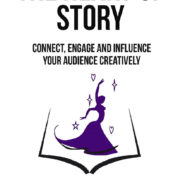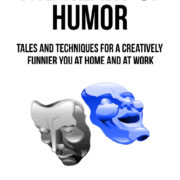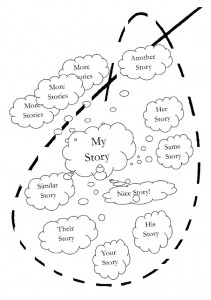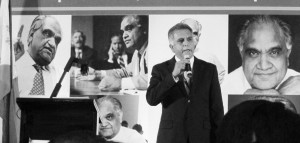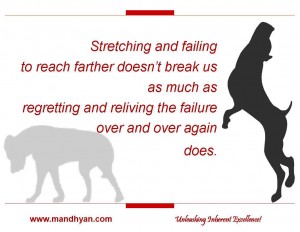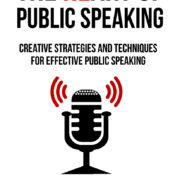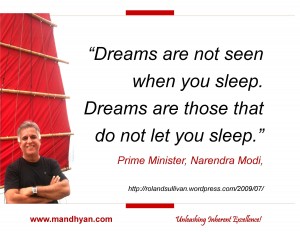the HeART of Story : History of Storytelling
Eons ago, when man discovered fire, he also discovered the wonder of telling stories around that fire. After a hard day’s hunt, he would gather his tribe and begin to converse and tell great stories. He told stories about the source of life, about the sun, about the moon and the stars. He also told stories about the time and place where the sun was born and how the moon romanced it. He told stories about how the moon pursued the sun and died every month to be reborn to love the sun all over again. He told stories about how every individual had a star of his own up in the teal and midnight-blue skies.

Connect, Engage and Influence your World Creatively!
Day after day, night upon night, from one season to another, man told stories –tales about love, courage, adventure, conquest, and wars. Around the fire, he told stories of ferocious Spartan warriors and heroes that battled one-eyed giants. He told stories about birds that could fly into the sun, burst into cinder, and then rise again from the ashes to fly right back into the sun.
Over the ages, stories of tradition, honor, and great courage ruled the air around the fires. There were stories told about great escapes, bold robberies, and giant shipwrecks. Discoveries were reported about new worlds, new wealth, and new people. Narrated with rhyme, repetition, and rhythm, all these stories were etched on the walls of the caves where our ancestors lived and into the hearts and minds of all mankind. Shadows and echoes from the flickering fires left unforgettable legends visualized and represented on the walls of our current homes. Today, many of these stories have become a large part of belief systems, of our culture and our tradition.
Storytelling Today
The ancient art of storytelling has turned into a science riding on the wave of television and technology as a laughing, talking, singing universe. This universe now surrounds us twenty-four hours a day and also reaches us through books, song, dance, stage-plays, movies, television, computers, and phones. It does not let go even when we are 10 kilometers up in the air and zooming across the skies at over 500 kilometers per hour.
Stories grab us in news reports, magazine shows, commercials, documentaries, television serials, musicals, and films of epic proportions. Stories reach us through multiple media in formats like short episodes, interactive applications, gaming applications, etc.
The ancient, traditional face-to-face, oral storytelling has also morphed with the integration of poetry, improvisation, mime, and other forms. Seasoned, professional storytellers can keep us awe‑struck and engaged in their verbal and non-verbal gymnastics for hours on end. Seasoned storytellers, thus, can influence and positively transform our worlds.
Check out my book,the HeART of STORY, organizational and leadership storytelling…on Amazon –

